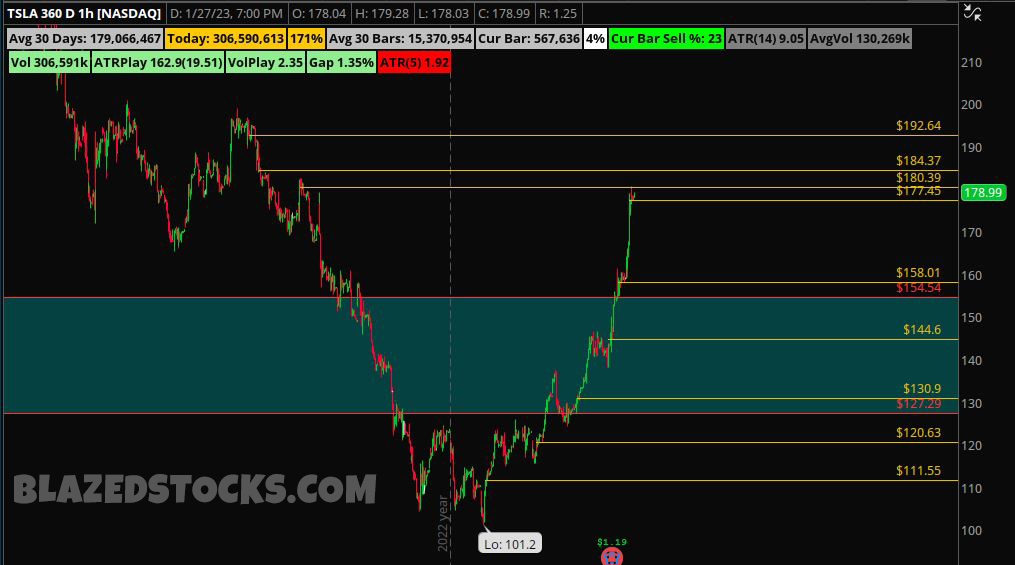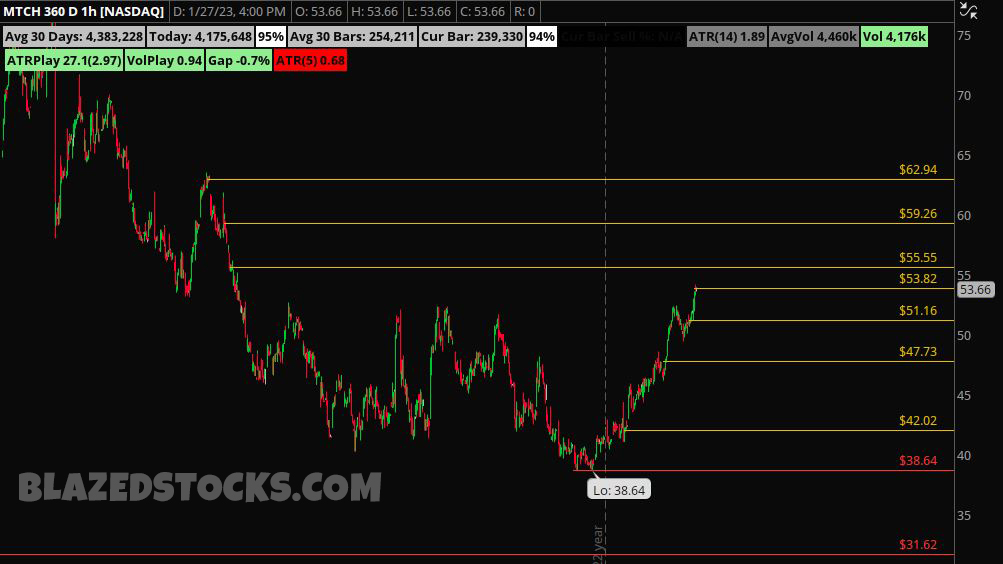Investing can be a great way for young adults to grow their money and secure their financial future. However, getting started with investing can be daunting, especially for those who are new to the world of finance. Here are some tips for young adults who are just getting started with investing:
- Start early: The earlier you start investing, the more time your money has to grow. Compound interest can work in your favor, and the longer your money is invested, the more it can grow.
- Educate yourself: Investing can be complex, so it’s important to educate yourself about the different types of investments and the risks involved. Read books, articles, and online resources to learn more about investing.
- Create a budget: Investing requires money, so it’s important to create a budget and stick to it. This will help you save money to invest and ensure that you are able to meet your other financial obligations.
- Diversify your portfolio: Diversification is key to reducing risk and maximizing returns. Don’t put all your eggs in one basket. Instead, spread your investments across different asset classes, such as stocks, bonds, and real estate.
- Start small: Investing can be intimidating, so it’s important to start small and gradually increase your investments as you become more comfortable. Consider using a robo-advisor or a low-cost index fund to get started.
- Be patient: Investing is a long-term game and it’s important to be patient. Don’t get caught up in the short-term fluctuations of the market and don’t make impulsive decisions based on fear or greed.
- Have a plan: Before investing, make a plan. This plan should include your investment goals, risk tolerance, and a strategy for achieving your goals. Review it regularly and make adjustments as needed.
In conclusion, investing can be a great way for young adults to grow their money and secure their financial future. However, it’s important to educate yourself, create a budget, diversify your portfolio, start small, be patient, and have a plan. With a bit of knowledge and discipline, young adults can set themselves up for a successful financial future.




